Nestled in the lap of the Garhwal Himalayas, Joshimath Uttarakhand is not just a town; it is a spiritual, cultural, and adventure hub that holds immense significance in Uttarakhand’s tourism and religious map. Located at an altitude of about 1,890 meters, Joshimath serves as the winter seat of Lord Badri (Badrinath) and a major stopover for pilgrims undertaking the Char Dham Yatra.
But Joshimath is much more than just a pilgrimage halt. With ancient temples, stunning Himalayan views, trekking routes, and adventure opportunities, it is a town that combines faith, nature, and culture.
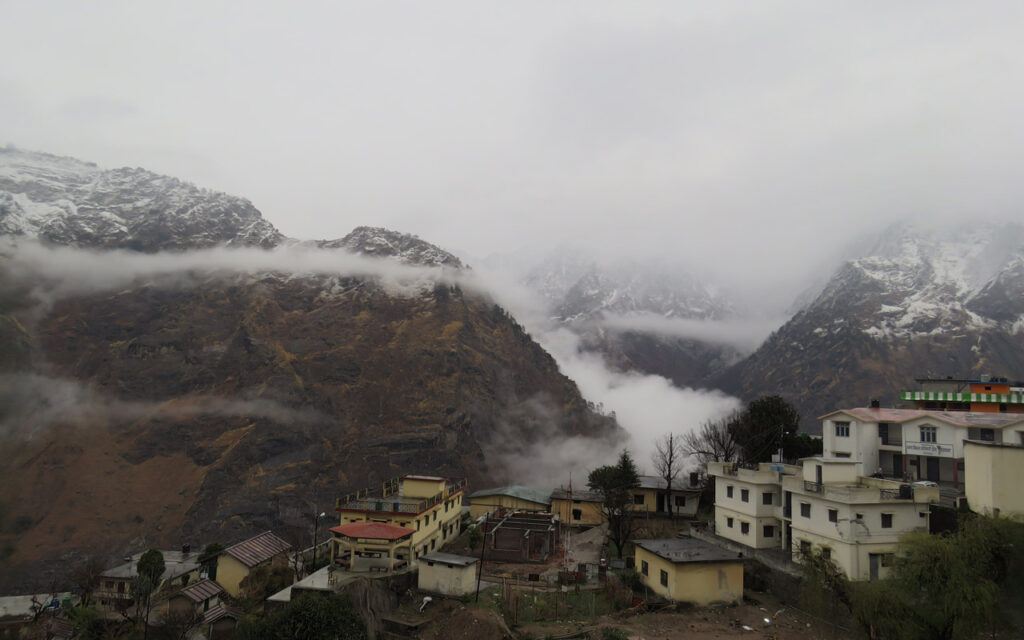
Historical and Spiritual Importance of Joshimath
Joshimath, also known as Jyotirmath, was established as one of the four maths (monastic centers) by Adi Guru Shankaracharya in the 8th century. It is here that he performed penance and spread the philosophy of Advaita Vedanta. The math continues to be an important seat of learning and spiritual practice even today.
One of the most important aspects of Joshimath is that it is the winter abode of Lord Badrinath. During the harsh winter months when the Badrinath Temple remains closed due to heavy snowfall, the idol of Lord Vishnu is brought to the Narsingh Temple in Joshimath, where devotees can continue their worship.
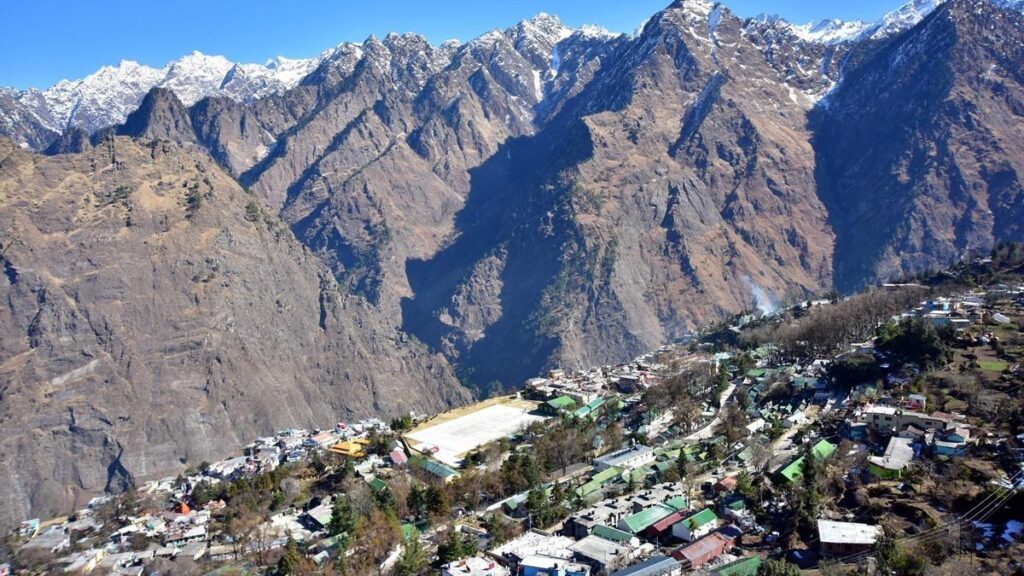
Joshimath and the Char Dham Yatra
For pilgrims traveling to Badrinath, Joshimath is the final major town before the shrine. Pilgrims usually halt here for rest, acclimatization, and darshan at Narsingh Temple before proceeding to Badrinath.
Additionally, Joshimath connects to Hemkund Sahib and Valley of Flowers, two other important destinations, making it a central hub for both religious and nature tourism.
Major Attractions in Joshimath
1. Narsingh Temple
Dedicated to Lord Vishnu’s Narasimha avatar, this temple is deeply significant. It houses the winter idol of Lord Badrinath. A unique belief associated with the temple is that one of the idol’s arms is thinning each year, and when it breaks, it is said the mountains leading to Badrinath will be blocked permanently, and the shrine will shift to Joshimath.
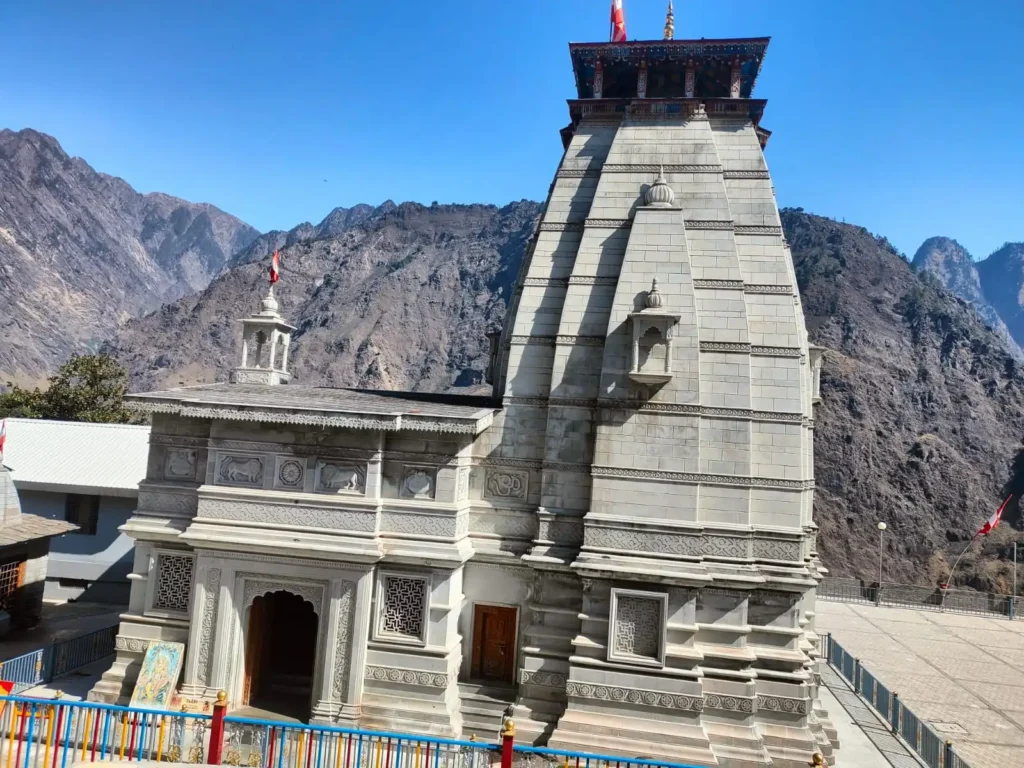
2. Shankaracharya Math
Founded by Adi Shankaracharya, this math is an important spiritual seat for Hindu scholars. Pilgrims visit to seek blessings and understand the roots of Vedantic philosophy.
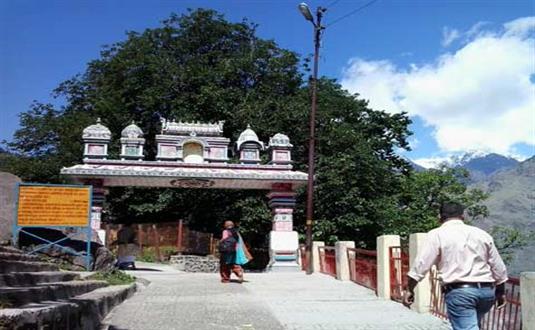
3. Kalpavriksha
A 1,200-year-old mulberry tree believed to have been meditated under by Adi Shankaracharya. It is considered sacred and is one of Joshimath’s unique spots.

4. Tapovan
Located a short distance from Joshimath, Tapovan is known for its hot springs and breathtaking views of the surrounding peaks.
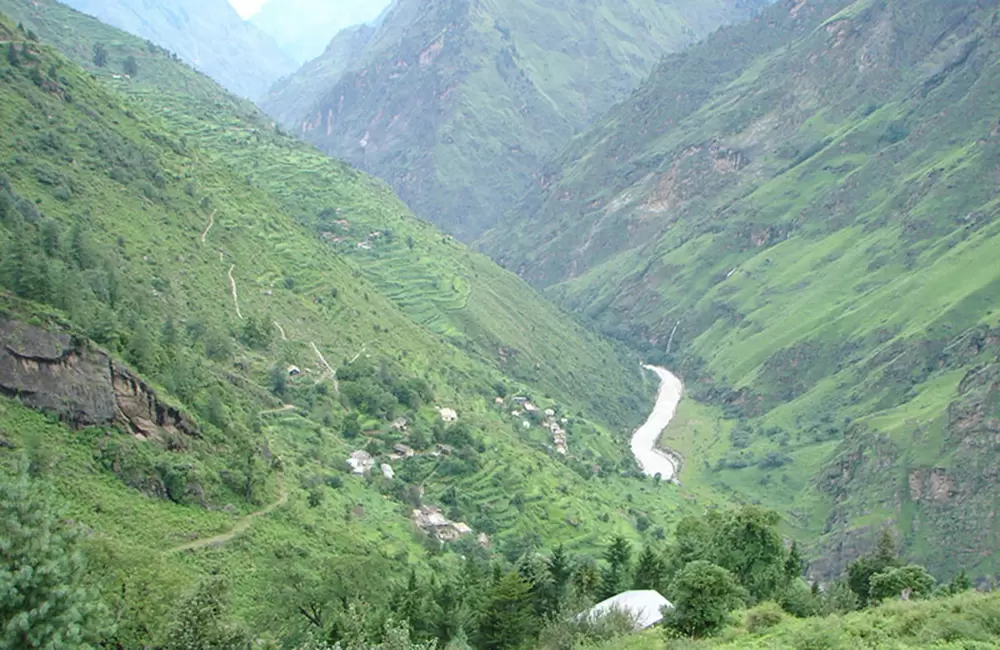
5. Ropeway to Auli
Joshimath is the base for the ropeway to Auli, one of India’s top skiing destinations. The ropeway, stretching around 4 km, is among the longest and highest in Asia, offering panoramic views of the Himalayas.
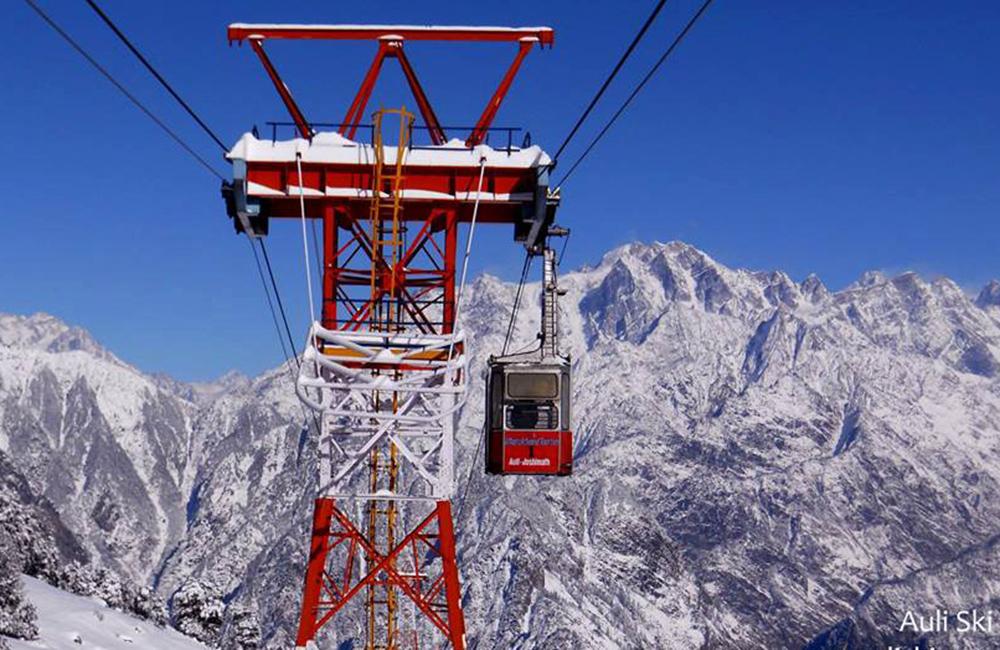
Adventure and Trekking from Joshimath
Joshimath is not only a pilgrimage hub but also a starting point for many treks and adventure activities. Some popular routes include:
- Valley of Flowers Trek – A UNESCO World Heritage Site, known for its colorful alpine meadows.
- Hemkund Sahib Trek – A sacred Sikh pilgrimage site surrounded by snow-capped peaks.
- Kuari Pass Trek – Famous for breathtaking views of Nanda Devi and other Himalayan peaks.
- Auli Ski Slopes – A paradise for skiing and snowboarding enthusiasts in winter.
How to Reach Joshimath
- By Road: Well-connected via NH-7, Joshimath is accessible from Rishikesh (250 km) and Haridwar (270 km).
- By Train: The nearest railway station is Haridwar.
- By Air: The nearest airport is Jolly Grant Airport, Dehradun (around 270 km).
Pilgrims often travel from Delhi → Haridwar → Rishikesh → Rudraprayag → Joshimath → Badrinath as part of the Char Dham Yatra route.
Best Time to Visit Joshimath
- Summer (April – June) – Pleasant weather, ideal for Char Dham Yatra and treks.
- Monsoon (July – September) – Scenic but prone to landslides; not ideal for travel.
- Winter (October – March) – Extremely cold, but the season when Lord Badrinath’s idol is worshipped at Narsingh Temple.
Accommodation in Joshimath
Being a major pilgrimage stop, Joshimath has various options:
- Budget guesthouses for pilgrims.
- GMVN (Garhwal Mandal Vikas Nigam) tourist rest houses.
- Mid-range and premium hotels for tourists heading towards Auli or Badrinath.
Why Joshimath is More Than Just a Stopover
While many people see Joshimath only as a halting point on the Char Dham route, it has its own charm and significance. With its temples, mythological connections, adventure options, and natural beauty, it is a destination worth exploring in itself.
For pilgrims, Joshimath deepens the spiritual experience of the Char Dham Yatra, while for travelers, it offers a blend of religion, culture, and adventure in one town.
FAQs for Joshimath, Uttarakhand
1. Why is Joshimath famous?
Joshimath is known as the winter seat of Lord Badrinath, gateway to Auli, and home to Adi Shankaracharya’s math.
2. Where is Joshimath located?
Joshimath lies in Chamoli district, Uttarakhand, at an altitude of about 1,875 meters.
3. What is the religious significance of Joshimath?
It houses the Jyotirmath Peeth established by Adi Shankaracharya and many ancient temples.
4. How far is Joshimath from Badrinath?
Badrinath is about 45 km (1.5–2 hours drive) from Joshimath.
5. What are the main attractions in Joshimath?
Key sites include Narsingh Temple, Kalpavriksha, Shankaracharya Math, and Auli (via ropeway).
6. What is the best time to visit Joshimath?
The ideal time is April to June and September to November, with clear weather and open routes.
7. How can I reach Joshimath?
It is accessible via road from Rishikesh (about 250 km), with the nearest airport at Dehradun (Jolly Grant) and nearest railhead at Haridwar/Rishikesh.
8. Is Joshimath safe to visit?
Yes, it is safe, though being a hill town, landslides and weather conditions should be checked during monsoon.
9. Is accommodation available in Joshimath?
Yes, from budget lodges to mid-range hotels and guesthouses, plenty of options are available.
10. What role does Joshimath play in Char Dham Yatra?
It is an important stopover for pilgrims en route to Badrinath and also connects to Hemkund Sahib and Valley of Flowers.


